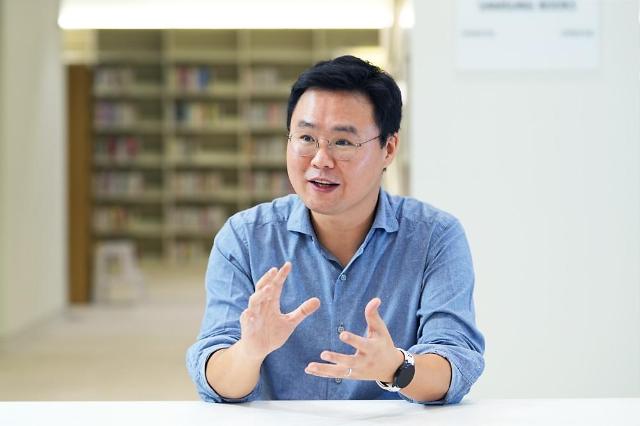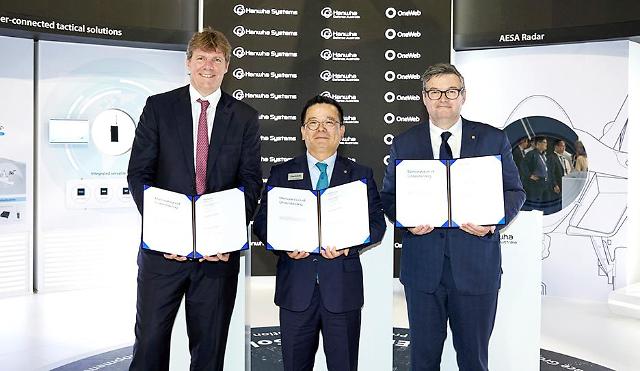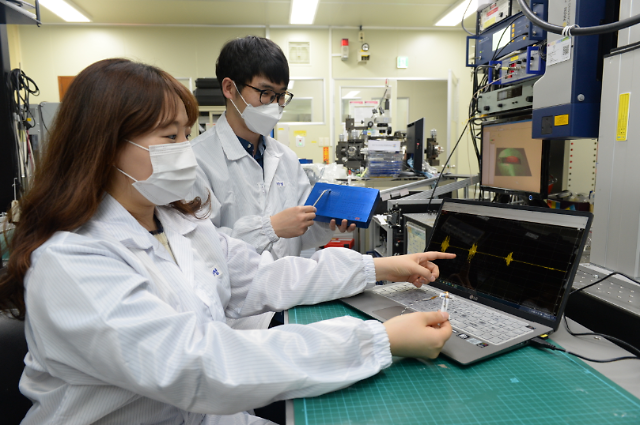
[Courtesy of Samsung Electronics]
Shape-memory alloys, or memory metals, can be deformed when cold but return to their pre-deformed shape when heated. Actuator and sensor technologies are evolving rapidly to create even more immersive experiences in virtual worlds. Conventional actuators had certain limitations as to the realization of more advanced functionalities because it is difficult to achieve a thin form factor and high-power density.
Samsung researchers teamed up with a team led by Koh Je-sung, an Ajou University professor of mechanical engineering, to demonstrate a multifunctional artificial muscle actuator that can resolve the challenges in practical engineering, which are limited to conventional types such as electromagnetic actuators.
An artificial muscle actuator can function as a small-scale, high-power actuating system with a sensing capability for developing wearable devices such as multi-focus augmented reality (AR) glasses and naturally fit haptic gloves. Samsung said that the joint team has designed the so-called compliant amplified shape-memory alloy (SMA) actuator weighing 0.22 grams.
"This new actuator that we suggest is lightweight, compact yet powerful in terms of force-to-weight ratio," Shing Bong-su, a Samsung researcher, said in a statement on August 1. "It is significant that the new actuator has overcome the limitations of the conventional actuators, while bringing the potential for its expanded applications ranging from robotics to wearable devices."
The team has demonstrated how the actuator enables image depth control, Samsung said, adding that binary depth switching is adopted to reduce vergence accommodation conflict (VAC), which can cause visual fatigue to some AR glasses users, by directly adjusting the distance between the display and the optical system of the AR glasses prototype based on the focusing distance of the object to be projected.
To convey the sensation of large skin deformation, haptic devices require actuators with a high force-to-weight ratio and a large displacement. Samsung said that combining multiple actuators in the limited area of the haptic device prototype enables more expressive tactile experiences. The new actuator triggers an action to an object with pressure and measures pressure without a sensor by using a characteristic of the artificial muscle of which electrical resistance varies in response to outside pressure.
Samsung said that the haptic glove prototype equipped with the new actuator was slim, pressure-sensitive and applicable to telehaptics which recognizes expressions made by the tactile writing system and converts them into electric signals.
Telehaptics refers to the transmission of computer-generated tactile sensations over networks. Tele-haptic technology can be used to provide realistic experiences for VR and AR users. For example, real-time vibrations and shocks can be delivered to an audience wearing telehaptic gear during a VR show. It can also be used for connecting family members and friends who are far away by allowing them to interact and touch each other.




